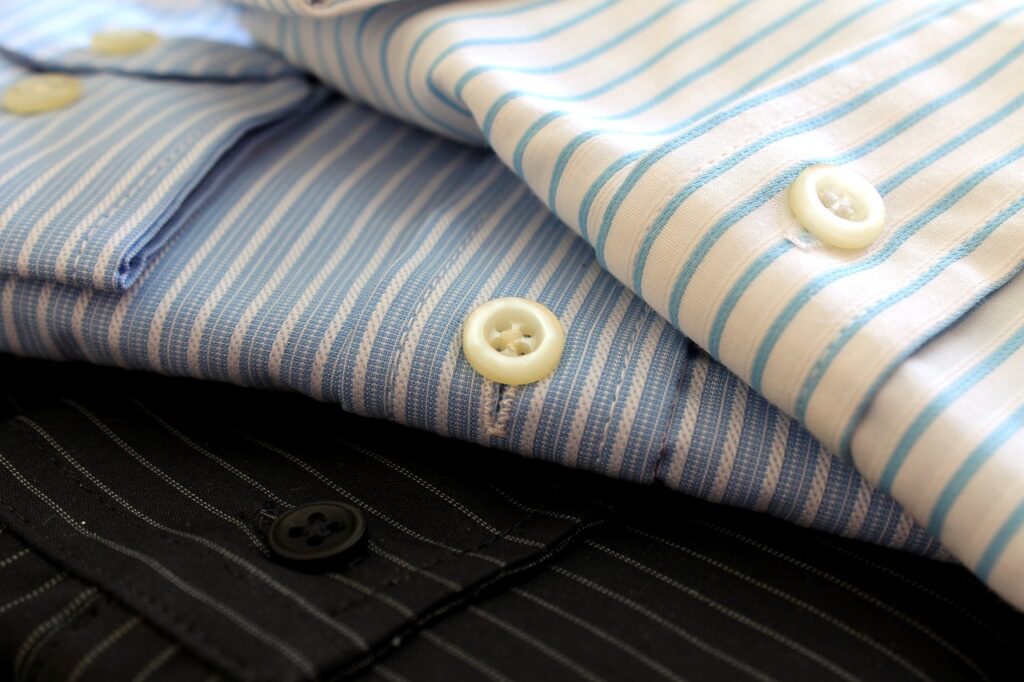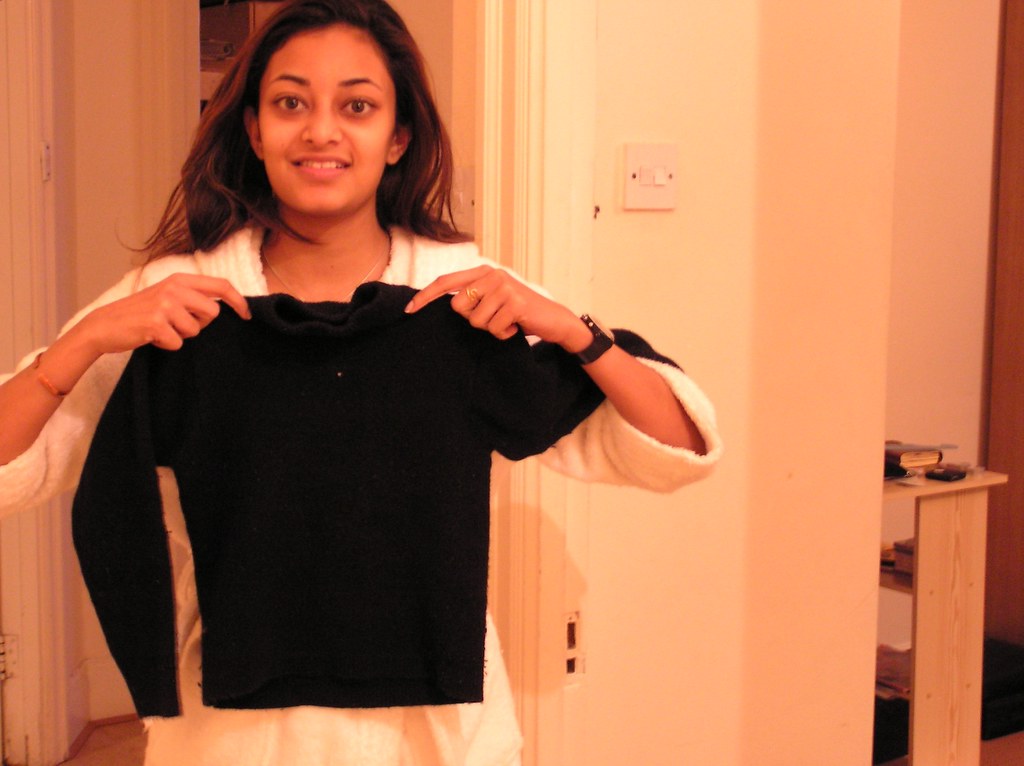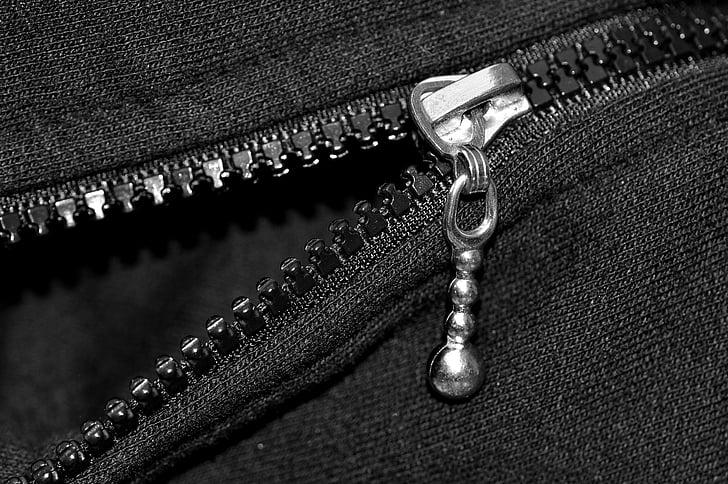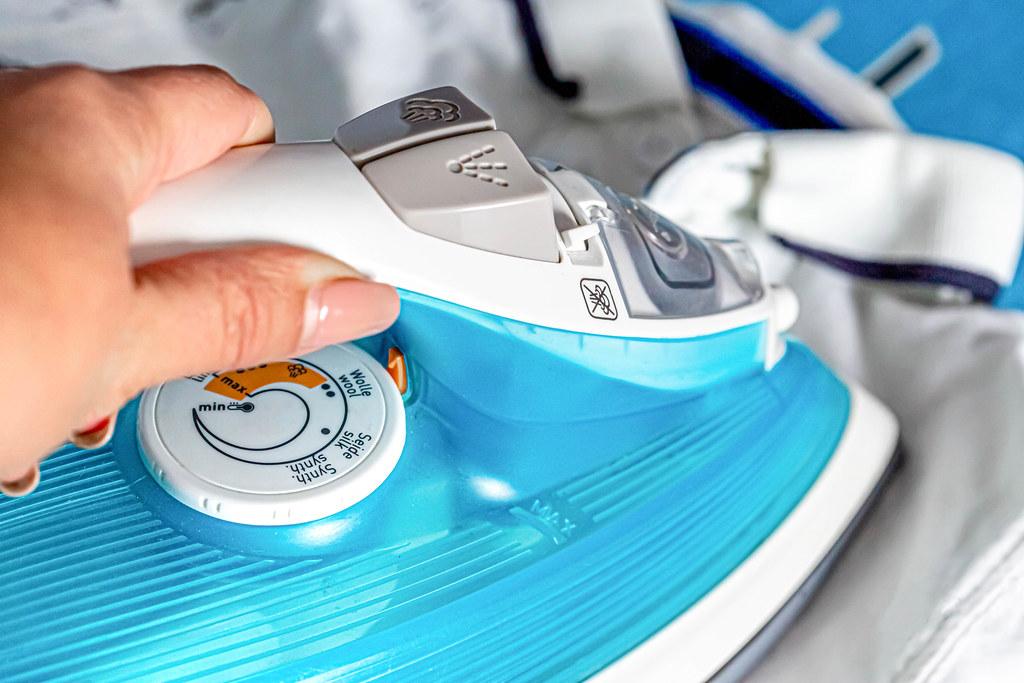
Have you ever fallen in love with a stunning piece of clothing only to have it ruined after just a few washes? We’ve all been there. But fear not, because in this article, we’re going to share with you the essential tips and tricks for fabric care. From preventing fading to removing stubborn stains, we’ve got you covered. So grab your favorite sweater and get ready to learn how to preserve your clothing and keep it looking fabulous for years to come.
Table of Contents
- Unshrinking the Shrunken: A Guide to Resizing Your Clothes
- Embrace Cold Water Washes for Color Retention
- Mastering the Art of Air-Drying Delicates
- Decoding Laundry Symbols: Your Cheat Sheet to Clothing Care
- Pilling Be Gone: Keeping Your Knits Smooth and Snug
- The Right Way to Fold and Store to Avoid Wrinkles
- Spot On: Treating Stains Like a Pro
- Zipping Up the Problem: Protecting Clothes in the Wash
- Ironing Out the Wrinkles: Tips for a Perfect Press
- Turning Jeans Inside Out: The Secret to Denim Longevity
- Questions & Answers For Fabric Care 101: Preserving Your Clothing
- The Conclusion
Unshrinking the Shrunken: A Guide to Resizing Your Clothes

We’ve all been there – you pull your favorite sweater out of the dryer only to find it’s shrunken to doll-size. Before you resign it to the donate pile, try these methods to relax the fibers and return it to its original size. With some patience, you can often unshrink clothing that has accidentally been through heat or agitation.
Try Water and Conditioner
For cotton, wool, and other natural fabrics, this is the easiest fix. Fill a basin with lukewarm water and add a small amount of hair conditioner, which will act as a lubricant for the fibers. Submerge the garment, gently stretch it back to size, then lay flat to dry. Repeat the process until you reach the desired measurements.
Use Steam
Steam is excellent for loosening and relaxing fibers. For a shrunken sweater, button or zip it and lay flat. Hover a steam iron set to medium heat above the surface, moving slowly over the entire piece. Avoid prolonged direct contact with the iron which can scorch delicate fabrics. As you steam, gently pull and shape to size.
Soak in Baby Shampoo
For shrinkage caused by heat, soak the item in a solution of baby shampoo and cool water. The mild detergent will remove residue and loosen fibers so clothing returns to size. Let soak 15-20 minutes, gently stretch and squeeze water through the fabric as you reshape the garment. Rinse and lay flat until nearly dry, then block back to measurements.
Try Glycerin for Cotton and Linen
Mix one part glycerin and two parts warm water in a bucket or basin. For heavier shrinkage, increase the ratio to 1:1 solution. Soak garments for up to an hour, then rinse and reshape while still damp. Glycerin moisturizes fabric and helps it become supple again.
Block While Wet
The key for permanent resize is letting pieces air dry fully while pinned or shaped back to normal proportions. Invest in a sweater drying rack to gently stretch knits back to size as they dry. Use rustproof pins on vertical surfaces to block delicate fabrics. Check periodically and continue pulling fabric slightly past normal measurements.
While a little trial and error is involved, don’t be intimidated to attempt resizing your favorite shrunken wardrobe pieces. With some patience, conditioner, and creative blocking techniques, you can often regain that perfect fit.
Embrace Cold Water Washes for Color Retention
When it comes to preserving the vibrancy of your favorite clothing, embracing cold water washes is a game-changer. Not only does it help with color retention, but it also provides a gentler wash for delicate fabrics. Switching from hot to cold water can make a world of difference in the longevity of your wardrobe.
By incorporating cold water washes into your fabric care routine, you can ensure that your clothing maintains its original color and quality.
This simple adjustment can help extend the life of your garments and reduce the need for frequent replacements.
Plus, it’s an eco-friendly choice that saves energy and reduces your carbon footprint.
Washing Machine Maintenance is key to making sure your machine is ready for cold water washes, so be sure to follow the manufacturer’s guidelines for upkeep.
Mastering the Art of Air-Drying Delicates

When it comes to delicate fabrics, air-drying is key to preserving the quality and longevity of your clothing.
Washing machines can be harsh on delicate materials, causing shrinkage, stretching, or fabric damage. To ensure your favorite pieces stay looking and feeling their best, mastering the art of air-drying is a must.
Air-drying delicates can seem daunting, but with the right techniques, it’s easy to achieve great results.
- Begin by gently reshaping your garment and removing excess water by pressing it against a clean, dry towel.
- Then, find a well-ventilated area to hang or lay your clothing flat for optimal air circulation.
Be sure to follow these steps for different types of delicate fabrics, such as silk, lace, or cashmere, to ensure the best care for each item.
Decoding Laundry Symbols: Your Cheat Sheet to Clothing Care

The laundry symbols on your clothing care tags can be like a secret code, leaving you puzzled about how to properly care for your favorite garments. But fear not, because we are here to decode those mysterious symbols and provide you with a cheat sheet for clothing care. With this guide, you’ll be able to confidently tackle your laundry, preserving your clothing for longer wear and enjoyment.
When it comes to fabric care, understanding the symbols on your clothing labels is crucial. Here are some essential laundry symbols to be aware of:
- Machine Wash: This symbol looks like a small bucket of water.
- Tumble Dry: You’ll see a circle inside a square, indicating the garment can be tumble dried.
- Do Not Bleach: A triangle on a clothing label signifies that the item should not be bleached.
- Ironing: The iron symbol will show you the appropriate heat settings for ironing your clothes.
- Dry Clean: A circle on the care label indicates that the item should be dry cleaned.
By following these tips, you can preserve the quality of your clothing and get the most out of each wear.
Pilling Be Gone: Keeping Your Knits Smooth and Snug
When it comes to preserving the quality of your favorite knits, pilling can be a major annoyance. But fear not, there are plenty of ways to keep your clothing smooth and snug for years to come.
Here are some tips and tricks for preventing pilling and preserving the integrity of your beloved knits:
1. Hand Wash: This is the gentlest way to clean your knits and can prevent pilling caused by the agitation of the washing machine. Use a mild detergent and lukewarm water, and gently squeeze the soapy water through the fabric before rinsing thoroughly.
2. Use a fabric shaver: If you do notice pilling on your knits, invest in a high-quality fabric shaver to easily remove the pills and keep your clothing looking brand new. Be gentle and work in small sections to avoid damaging the fabric.
3. Proper storage: To prevent excessive rubbing and friction, store your knits folded or rolled instead of hanging them in your closet. This will help maintain the smoothness of the fabric and prevent pilling over time.
The Right Way to Fold and Store to Avoid Wrinkles
When it comes to preserving your clothing and avoiding wrinkles, proper folding and storage is key. By taking a few extra minutes to fold and store your clothes correctly, you can extend the life of your wardrobe and keep your outfits looking fresh and wrinkle-free.
Here’s how to do it:
- First, when folding your clothes, make sure to smooth out any wrinkles or creases before beginning the folding process. This will help prevent any new wrinkles from forming during storage.
- Next, fold your clothes neatly and evenly, making sure to align the edges and sleeves.
- For delicate fabrics, such as silk or chiffon, consider using tissue paper in between the folds to prevent any snags or creases.
- When it comes to storing your folded clothes, opt for breathable storage containers or garment bags to protect your clothes from dust and moisture.
- Additionally, hanging items that are prone to wrinkling, such as dresses or blazers, in a well-ventilated closet can help them maintain their shape and appearance.
By following these simple steps, you can ensure that your clothes stay looking their best for years to come.
Spot On: Treating Stains Like a Pro

Struggling with stubborn stains on your favorite outfit? Don’t fret, we’ve got you covered with expert tips for treating stains like a pro. Whether it’s a coffee spill, ink blot, or grass stain, we’ll show you how to tackle them all and preserve your clothing for years to come.
First things first, never underestimate the power of quick action when it comes to treating stains. The longer a stain sits, the harder it is to remove.
So, roll up your sleeves and follow these simple steps to keep your clothes looking brand new:
- Blot the stain gently, never rub.
- Pre-treat the stain with a stain remover or liquid detergent.
- Check the care label for specific instructions on washing.
For those tough, set-in stains, don’t be afraid to enlist the help of professional dry cleaners. They have the knowledge and expertise to tackle even the most stubborn marks, leaving your clothes looking as good as new.
Zipping Up the Problem: Protecting Clothes in the Wash

When it comes to keeping your clothes looking fresh and new, proper fabric care is essential. One of the most common issues that arise in the laundry room is the damage caused by zippers. Zippers can snag, tear, or break delicate fabrics, leading to frustration and potential damage.
Fortunately, there are simple steps you can take to zip up this problem and protect your clothes in the wash.
- To start, always remember to zip up all zippers before tossing your clothes into the washing machine. This small step can make a big difference in preventing damage.
- Additionally, consider using a mesh laundry bag to contain items with zippers, offering an extra layer of protection.
- If you’re dealing with a particularly delicate or expensive garment, hand-washing is always a safe option.
By taking these precautions, you can extend the life of your clothes and minimize the risk of zipper-related mishaps in the wash.
Ironing Out the Wrinkles: Tips for a Perfect Press

When it comes to caring for your clothing, proper ironing is essential for achieving a polished and put-together look. Follow these tips for a flawless press every time:
- Use the right temperature: Different fabrics require different heat settings, so be sure to adjust your iron accordingly to avoid scorching or burning your garments.
- Start with damp fabric: For stubborn wrinkles, lightly dampen the fabric before ironing to help release the wrinkles more easily.
- Press, don’t slide: To avoid stretching or misshaping the fabric, press the iron down firmly and lift it up to move to the next section, rather than sliding the iron back and forth.
It’s also important to properly care for your iron to ensure it continues to perform at its best. Regular maintenance is key for keeping your iron in top shape, so be sure to clean it regularly and descale it to prevent mineral buildup.
By following these tips, you’ll be able to preserve the quality and appearance of your clothing for years to come.
Turning Jeans Inside Out: The Secret to Denim Longevity

When it comes to preserving your favorite pair of denim jeans, the secret to longevity may just be as simple as turning them inside out.
By taking this simple step, you can protect the color, fabric, and overall integrity of your jeans, ensuring that they withstand the test of time and countless wears.
Not only does this method help to preserve the look and feel of your denim, but it also helps to prevent fading and damage from the washing machine.
By turning your jeans inside out before tossing them in the wash, you can keep them looking fresh and new for much longer.
| Denim turning inside out | Protects color and fabric |
Questions & Answers For Fabric Care 101: Preserving Your Clothing
How do I prevent color fading in my clothes?
To prevent color fading in your clothes, wash them with cold water, use a gentle detergent, and turn them inside out before washing.
What can I do to avoid shrinkage in my clothes?
To avoid shrinkage in your clothes, follow the care label instructions, use cold water for washing, and air dry them instead of using a dryer.
How can I keep my clothes looking new?
To keep your clothes looking new, avoid over-washing them, store them properly, and be careful with stain removal to avoid damaging the fabric.
What is the best way to remove wrinkles from clothing?
The best way to remove wrinkles from clothing is to use a steamer or iron on the appropriate setting for the fabric.
How should I store my clothes to prevent damage?
To prevent damage to your clothes, store them in a cool, dry place away from direct sunlight and moisture, and avoid hanging heavy items on delicate fabrics.
What is the best way to remove stains from clothes?
The best way to remove stains from clothes is to treat them immediately, blot instead of rubbing, and use a stain remover or gentle soap before washing.
How often should I wash my clothes?
You should wash your clothes when they are visibly dirty or have an odor, and avoid over-washing to preserve the fabric and color.
What should I do if my clothes get stretched out of shape?
If your clothes get stretched out of shape, wash them as per the care label instructions and reshape them while they are still damp before air drying.
How can I prevent pilling on my clothing?
To prevent pilling on your clothing, turn your clothes inside out before washing, avoid over-washing, and use a gentle detergent.
What is the best way to care for delicate fabrics like silk and wool?
The best way to care for delicate fabrics like silk and wool is to hand wash them in cold water with a mild detergent, and air dry them flat instead of hanging.
The Conclusion

So there you have it, folks! Taking care of your clothing doesn’t have to be a tedious task. By following these simple tips and tricks, you can ensure that your favorite pieces will last a lifetime. From washing to storing, every step plays a crucial role in preserving the quality of your garments. So next time you reach for the laundry detergent or fold up your shirts, remember these fabric care 101 guidelines and give your clothes the love and attention they deserve. Your wardrobe will thank you for it!
Keep checking out our site for more amazing cleaning tips!
